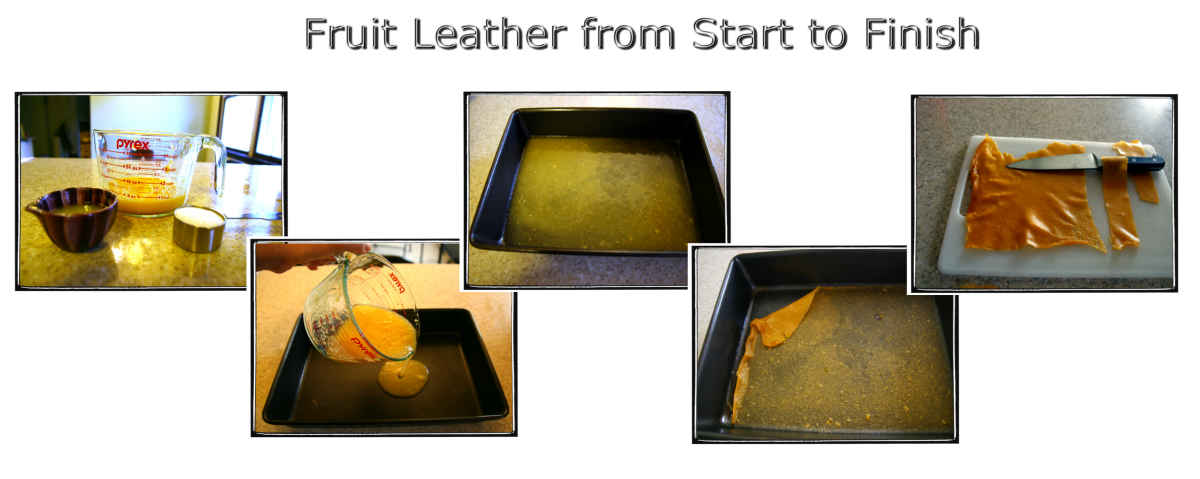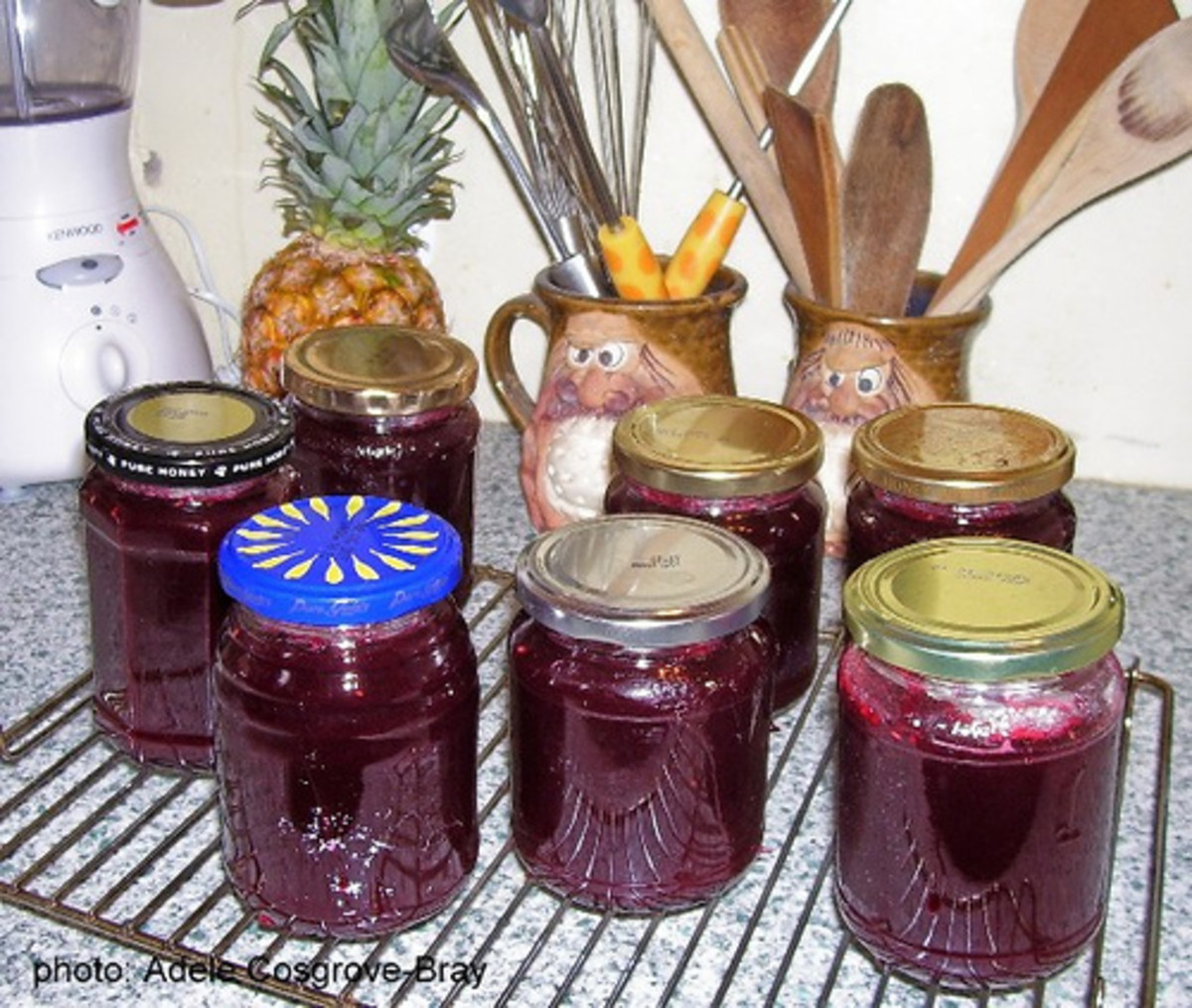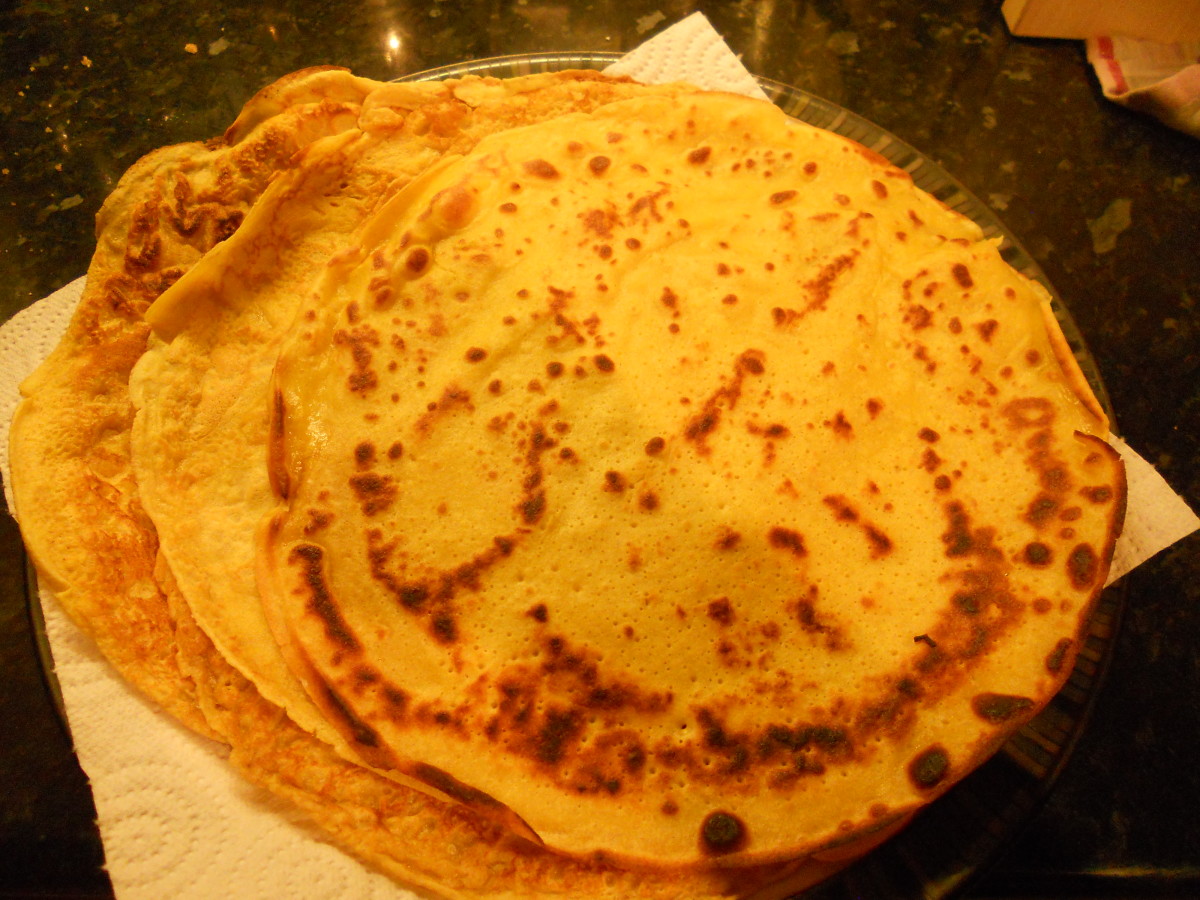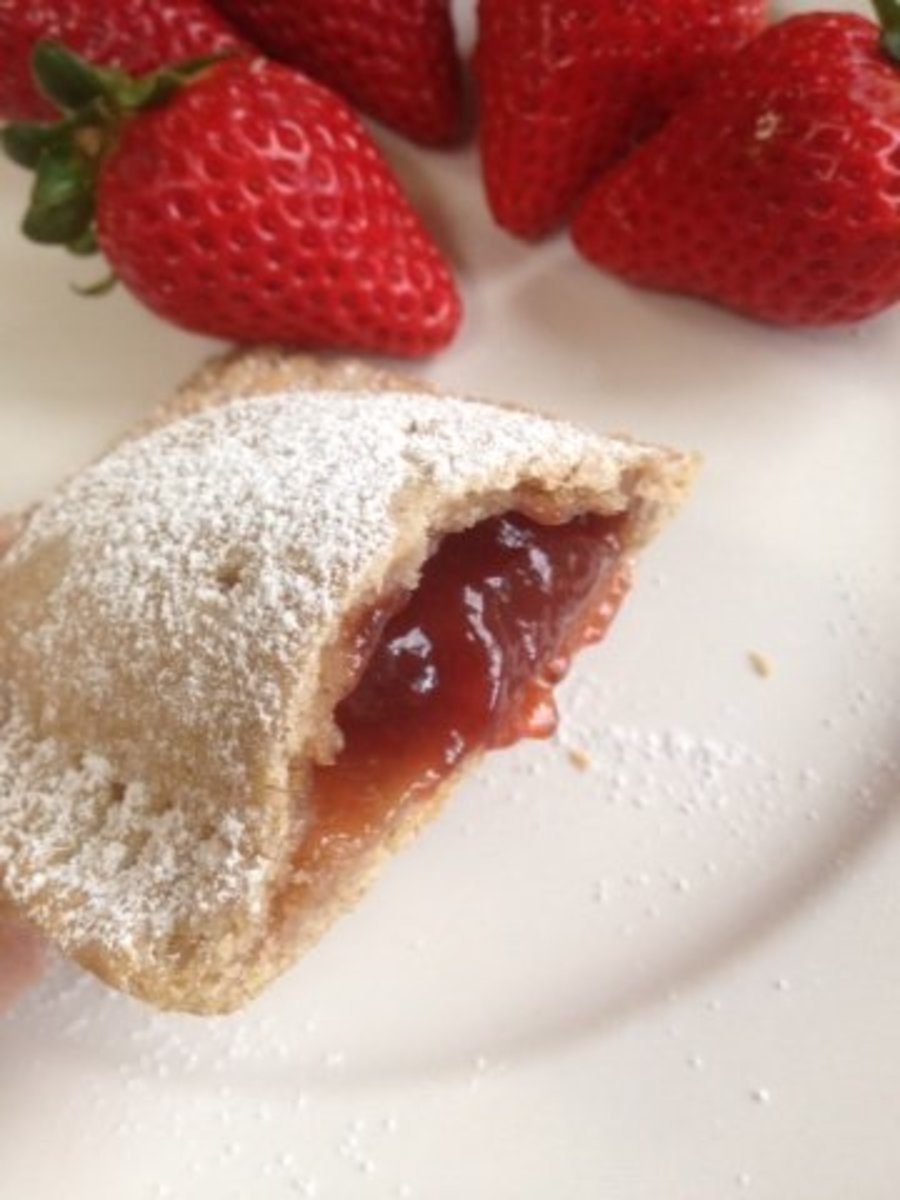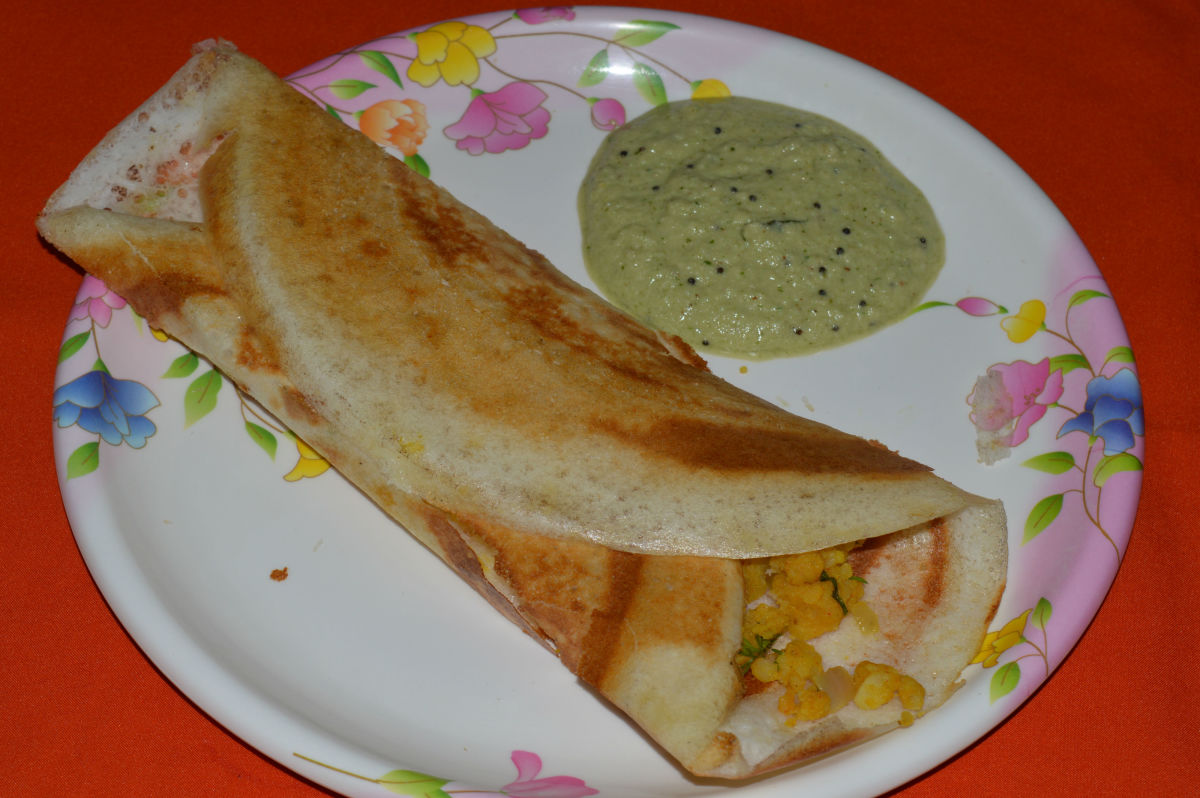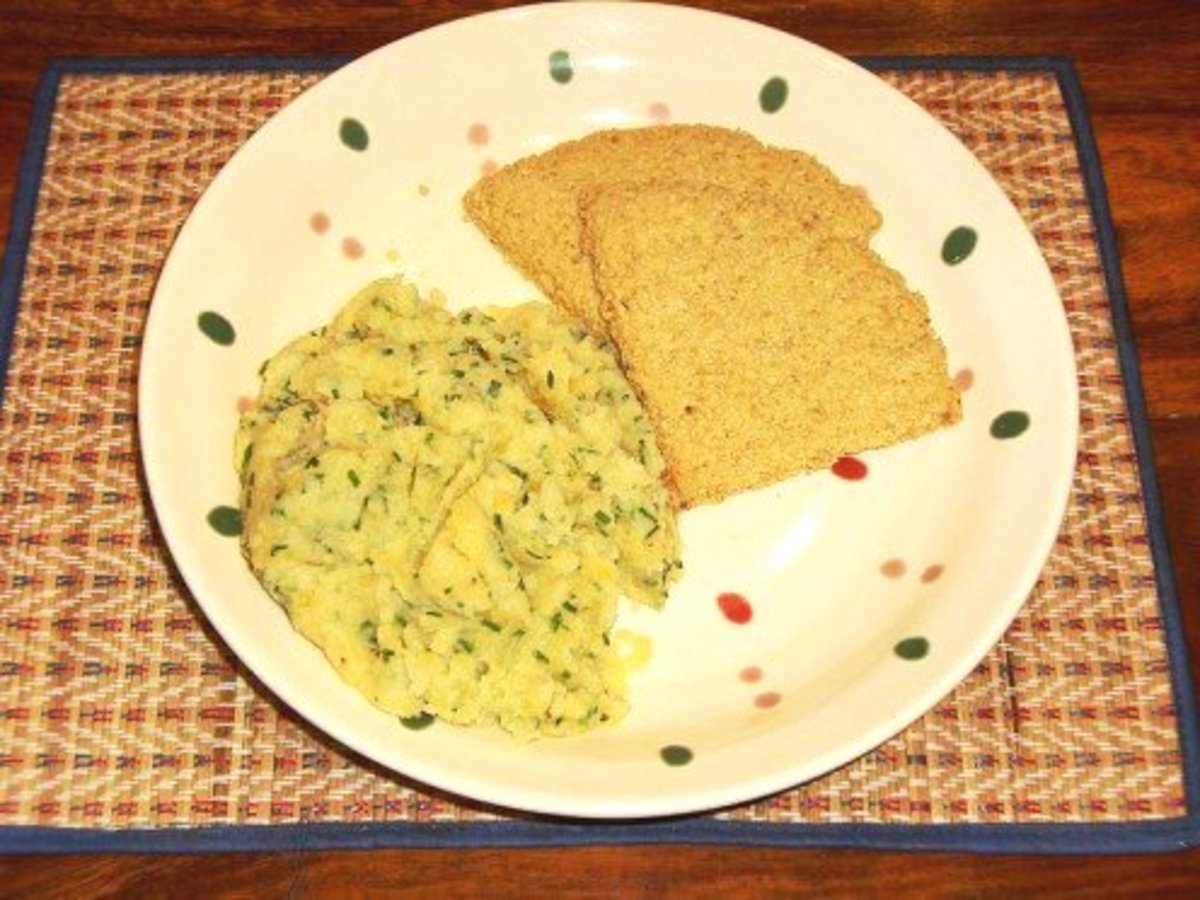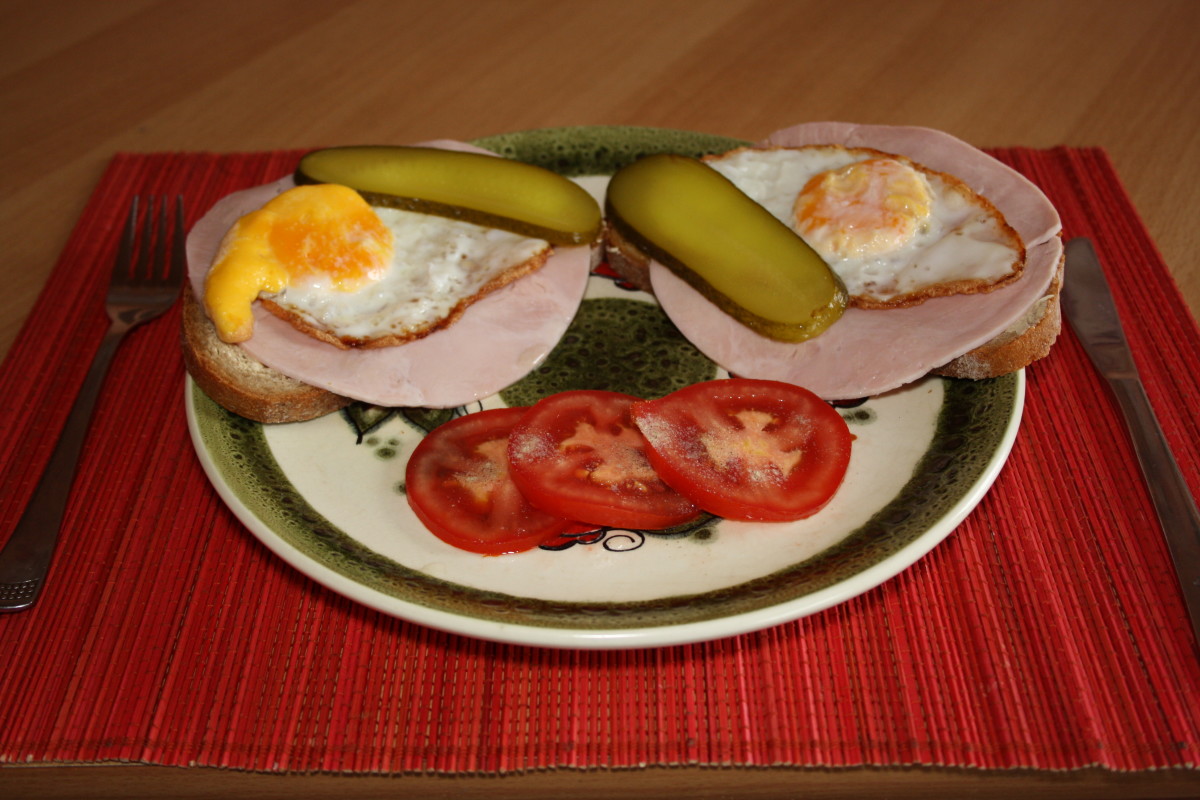How to Make Homemade Fruit Marmalade From Scratch - a Basic Recipe With Variations
Home made Marmalade is a great gift - to yourself and others!
Tutti Frutti
If you have too much fruit, why not make home made marmalade?
Many people think that marmalade is difficult or time consuming. It's not. All you need is a good amount of fruit, which needs cleaning and preparing before cooking on the stove.
If you are lucky enough to have a fruit tree you can use the meat of the fruit for the marmalade. The skin and the seed need to be removed before cooking to get the best results. Fruit skin tends to be a good provider of roughage, so if you don't want to go racing off to the bathroom, best to remove it when preparing home made marmalade.

Universally Speaking
This recipe is pretty much universal. You can use it for a variety of fruits, including the following:
- plums
- peaches, nectarines
- apricots
- bananas (yes, bananas)
- quince
- oranges (see below)
- grapes
- raspberries, blueberries, blackberries
- strawberries
- melon
- tomato

Marmalade Recipe
The basic recipe for Marmalade
Three to five pounds of fruit to be peeled, cleaned and chopped up
Two or more pounds of sugar. Most cooks use a little under 1:1 ratio of fruit to sugar.
1 tsp. pure vanilla extract
Lemon Juice of one-two lemons
Lemon Rind grated finely
Orange Rind if you wish
Procedure:
Soak your fruit, clean well. Any soft or dark spots (bruises) need to be removed. Now remove the skin and seeds. This is simple for plums, but smaller fruit like grapes needs to be cooked first before being separated from its skin. Place in a large, flat cooking pot and add just a little water to soften. Mush it up a little with a potato masher. The object of the game is to cook it in enough water that the fruit doesn't burn but not too much that it will need to be overcooked later to get rid of the extra water. So - just a little.
Keep a wooden spoon handy and keep an eye on your fruit concoction. Wait about an hour. After it cools, gradually add the sugar, a little at a time, mixing well. Next, add the lemon rind, juice, and vanilla. If it looks too dense, add a little water. On low heat, cook slowly and stir so that the fruit mixture cooks evenly. The sugar needs to dissolve completely and gel on a spoon when cooled (this is called the hard spoon or soft spoon stage). The mixture needs to cook around 20 to 30 minutes because it's already partially cooked, to begin with.
Use a Tablespoon and remove about 1/2 T. and let it sit on a plate a few moments. When cooled, if it's the consistency of marmalade, the mixture is finished. If it is still too runny, let it cook a bit longer and retest again in 5 or so minutes.
If it passes the spoon test, then pour the hot jam into sterilized glass jars.
How to sterilize glass jars: Wash them in the dishwasher or bake them in the oven on low heat to disinfect them, lids included (of course metal lids, no plastic ones). When the jam has thoroughly cooled, it's time to seal them up.
NOTE: If for any reason, your marmalade is too runny and is lacking in fruit, grated apple is a great filler. It has a mild flavor of its own so it blends well with other fruit flavors, and dissolves into nothingness when cooked, yet adds substance.
Recipe for Crepes (Palačinke)
- A Step to Step Guide to Making Palačinke (Crepes)
How to mix, make, flip and fill delicious crepes the traditional way (Palačinke) for a light and delicious impromptu meal, night or day. Ideally served with home made marmalade for filling. Yummy!.
Good uses for home made marmalade

Fill them up

Peeling the orange

Citrus Marmalade
Marmalade of Oranges, Lemons or Tangerines
The procedure is a little different because the rind is used in the recipe.
Peel about ten medium sized oranges and cut the rinds in tiny strips about the same width and length of fingernails. The white, spongy part of the orange peel needs to be tossed, only use the orange rind itself (the zest). Cook them on the stove with a tiny bit of water for about 10-20 minutes to soften them up a bit.
Soak the individual orange pieces, chopped into about five small cubes apiece while removing any visible seeds. Let the orange pieces soak overnight in a porcelain bowl with about 2 cups of sugar, stirring well to make sure that all pieces are covered, more or less. The juice from the orange will cause the sugar to liquefy. Just cover it with a cotton cloth and wait til morning.
The next day, cook the sugar-and-orange chunks mixture in a pot for about half an hour until the orange pieces are very soft and mushy. The orange peels and orange pieces can be cooked together. The color of the mixture should be a brilliant shade of orange, soft and sweet. Keep stirring, as all water absorbs and the mixture begins to look like marmalade. Avoid them getting burnt orange or brown colored.
Now fill up your jars and let them sit awhile.
TIP: To keep my jam out of the way while it gels, I put in the oven where dust can't reach it. The hot jam can burn you - so out of sight, out of mind.
LEMON Marmalade: A little extra sugar is a good idea to counteract the bitterness of the sour lemon!
MIXED FRUIT MARMALADE:
I made it once, when a friend of mine gave me summer fruit from the store she worked. It was eat it now, or make marmalade, so I chose the latter. It was among the best marmalade I have ever eaten! The main thing is
- be sure the fruit is clean and any-all bruises removed before preparing
- The fruit meat must be soft and fully cooked but not overcooked (kills the fruit taste) and smashed to a spreadable consistency. Fruit jams with fruit chunks are called "Preserves".
- Respect the fruit / sugar ratio. Sugar also works as a preservative to prevent spoiling.
- If the jam reaches the "soft spoon stage", that means the sugar is now dissolved and the chemical properties are supporting the jam's preservation. If by chance you didn't add enough sugar, cook it again with more sugar to make sure it's sweet enough. If it reaches the soft spoon stage, it has. The hard spoon stage is used when making sweets and candies.
Enjoy your marmalade!
If you liked this Hub, if it helped and informed you, please be sure to say so in the comments and vote it UP! Thanks! Feel free to share it, comment on it and bookmark it!




